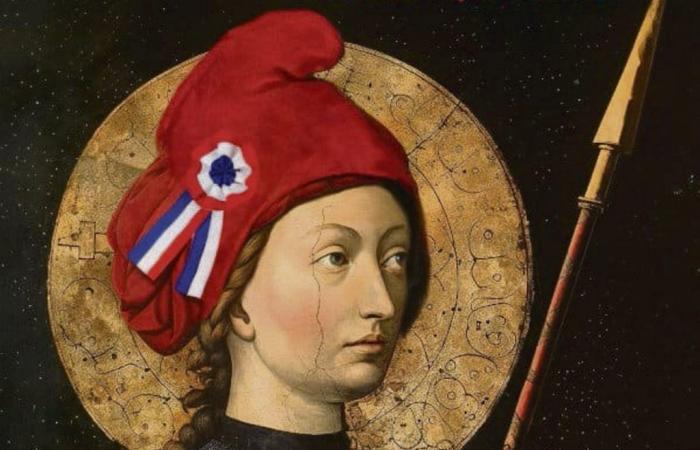
Pierre Serna takes us into a long and magnificent story devoted to the history of the city of Orléans, observed and analyzed in depth from the beginnings of the French Revolution of 1789 to the end of the attempted monarchical restoration in 1830.
The city of Orléans, here it is, captured in the regional, urban, social but also cultural space, like a great city of this time. With its 50,000 inhabitants, Orléans is one of the twelve largest cities in the kingdom after Paris. It is then displayed with its sacred history (that of Joan of Arc, the Maid of Orléans) and shows its strong urban personality, its privileged position to the south of the great wheat plains, its proximity to Paris, therefore to Versailles of where the king of France reigns.
Richness of sources
From the beginning of the book, we grasp it vigorously towards the end of the 18th centurye century, displaying its economic, trading, manufacturing, financial, sugar, administrative power and, due to its location as a bridge town south of the navigable Loire, its river and road transshipment activity on the southern edge of the Paris Basin…
Even showing its share in the profits of slave exploitation by being almost the arrival point for sugar imports from Santo Domingo, consumption of which is experiencing exponential growth.
Many authors, and not the least, like Georges Lefebvre and his Orleans studiesa posthumous collection published in 1962, approached this Orléans history, but never with this passion and above all this ambition to cover exhaustively and synthetically the forty-one years.
This great work owes part of its success to the wealth of sources on which the development of the subject is based. In addition to contemporary works, Pierre Serna has identified and analyzed an impressive mass of archives.
This is the case, for example, with the 17 boxes containing the minutes, so rare elsewhere in France, with the deliberations of the Orléans sections in Year II of the Republic, or even with the 15 volumes of the newspaper if precious by the lucid Abbé Pataud which cover the years 1794-1816. A whole documentary collection which gives this work an eventful materiality which will delight the reader.
“Rich city full of poor people”
We see Orléans, a “rich city filled with poor people”, “shift” into the revolutionary cycle creating unprecedented institutional innovations, to then become, with the help of the social crisis and the war, a bastion of the Republic at war dominated by patriotic effort. but also marked by a class struggle with a political and even moral dimension, particularly at the time and in connection with the controversial mission of Representative Laplanche.
Then, this city of Orléans, there it was, after the overthrow of the revolutionary government, successively exposed to a terrible moment of “revenge and settling of scores” and the effects of endemic banditry, but accompanied, throughout the time of the Directory, by five years paradoxically creating legal, administrative and cultural institutions which foreshadowed the soon to be “revolutionized” France.
The last chapter is admirable in its lucidity, on the attempt and failure in 1830 of the monarchical “Restoration”, to what should, or could, have led, above all “time of the Revolution”the success of the political and reactionary turn of the screw at the wrong time which accompanied the “politics of the extreme center”, according to the concept already previously produced by Serna.
Thus ends this moment of transition between the France of the Ancien Régime and this “Contemporary France” which points to the horizon but already reveals itself to be emancipated. Completely transformed, Orléans, having become “moderate”, has thus “returned to the ranks” (nice expression!): what it has gained or lost is in proportion to the destiny that the nation has reserved for it. The author concludes that “the story is not a novel”, certainly! But wasn’t the history of Orléans during the Revolution (and after) like one “condensed (sic)”, exemplary in its originality: the author makes us think so.
A great book written by an inspired and educated author who helps the reader grow: what could be more precious?
The Forgotten Revolution. Orleans, 1789-1830by Pierre Serna, CNRS Éditions, 2024, 435 pages.
The journal of free intelligence
“It is through extensive and exact information that we would like to give to all free intelligences the means of understanding and judging world events for themselves. »
Such was “Our goal”as Jean Jaurès wrote in the first editorial of l’Humanité.
120 years later, it hasn’t changed.
Thanks to you.
Support us! Your donation will be tax-free: giving €5 will cost you €1.65. The price of a coffee.
I want to know more!





